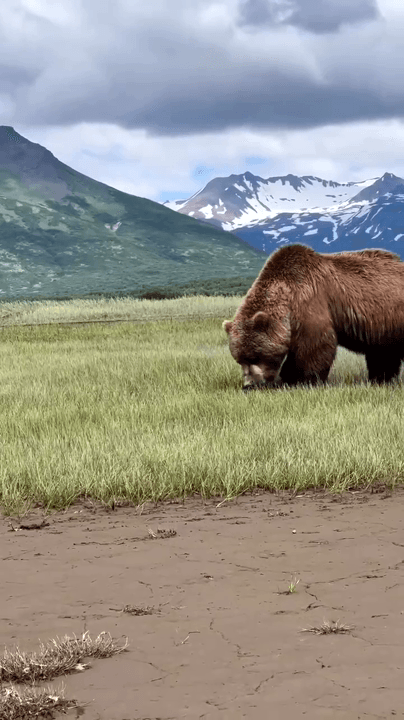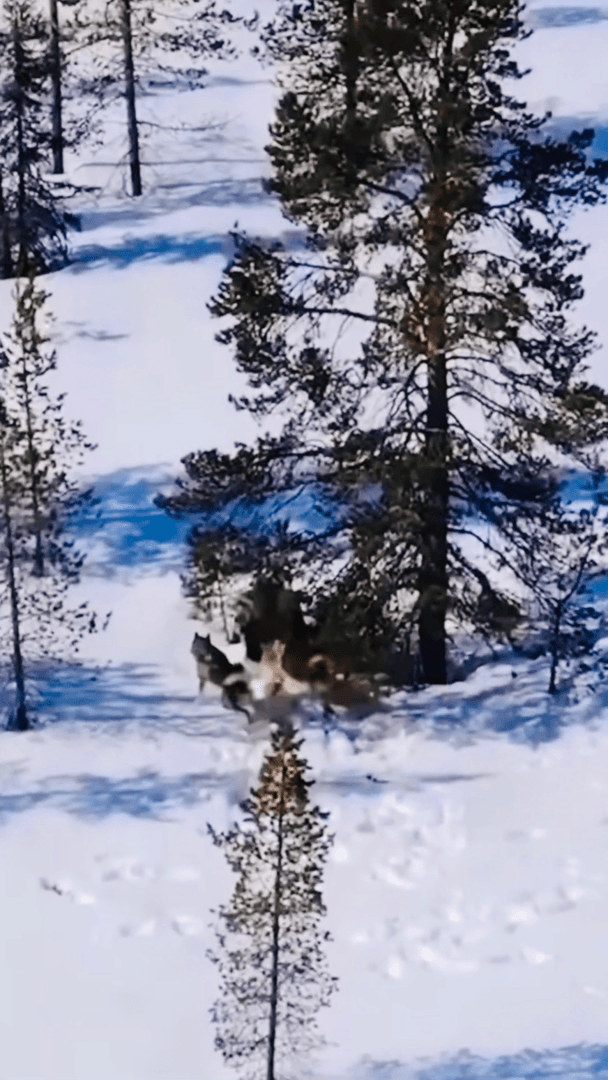
When you were invited to go hunting and fishing to Siberia… And you are a pilot!
Post: 7 January 20:29

Post: 7 January 20:29

Post: 15 May 20:36

Post: 29 November 01:32

Post: 5 November 19:08

Post: 17 April 05:59

Post: 12 February 23:38

Post: 25 May 17:08

Post: 19 May 14:41

Post: 28 January 02:16

Post: 19 May 22:25

Post: 9 May 17:07

Post: 19 August 09:44

Post: 15 January 02:08

Post: 20 August 09:37

Post: 26 August 02:52

Post: 14 January 09:45

Post: 8 July 17:52

Post: 1 October 00:32

Post: 23 August 22:03

Post: 19 August 11:59

Post: 15 February 20:21

Post: 2 July 08:40

Post: 23 August 17:11

Post: 22 August 12:21

Post: 15 August 12:25

Post: 28 December 00:31

Post: 2 October 03:24

Post: 23 August 11:22

Post: 23 August 09:13

Post: 12 January 09:25

Post: 5 January 09:24

Post: 15 December 14:56

Post: 28 November 09:23

Post: 3 December 18:35

Post: 11 March 09:15

Post: 11 February 16:46

Post: 14 August 05:37

Post: 5 January 16:26

Post: 22 September 18:48

Post: 15 August 21:39

Post: 25 March 17:51

Post: 10 January 12:44

Post: 14 December 23:42

Post: 22 October 03:57

Post: 27 August 14:12

Post: 13 August 15:03

Post: 25 September 19:44
Post: 15 August 22:05

Post: 12 August 23:31

Post: 13 May 22:18